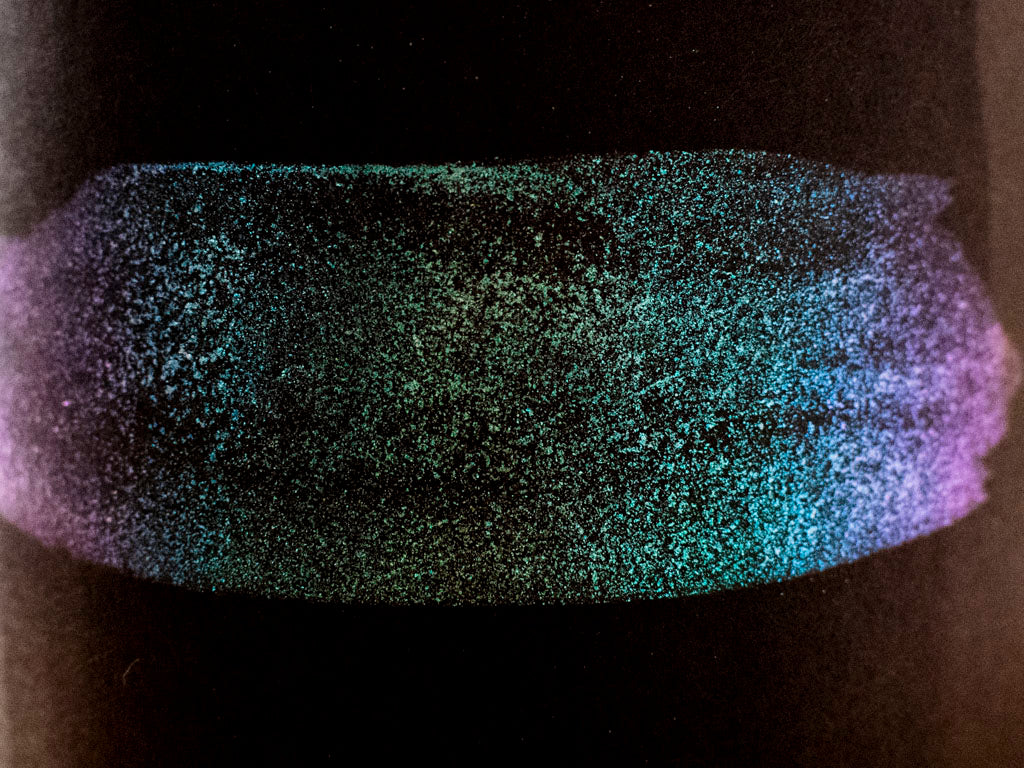Last Updated on: October 8th, 2024
When I was a child, the first coloring tools I came across were crayons and color pencils. Then, when I got a little older, I had my first try at art paint and I will never forget the feeling of how amazed I was by those beautiful colors.
The way watercolor paint dissolved in water was so interesting, and the fact that I could mix them to create my own unique color, furthermore, with only a brush, I can paint a large surface in one go.
I was really into the world of colors, which were so vivid and colorful, that made me very happy and kept painting.
I usually don't use too many colors in my work now, but I love strong colors, such as reds and magentas of tropical florals, bright yellows and oranges of a wonderful sunny day, and the blues of the summer sky.
To be honest, it reminds me of when I was a child, my paintings used to fill with my favorite colors.
In this article, I would like to introduce the colors that I wish my younger self could have used when I was crazy about drawing, the fluorescent pigment "Luminous Colors"!
*Luminous Opera...Sorry, this item is no longer available.
But, how do we do or use these fluorescent pigments?
The first thing to do is to “transform” these pigments into paints by adding medium and water into the pigment, then kneading it well with our fingers.
We haven't started to paint yet, but isn’t it exciting to just look at this progress and color palettes?
【Instagram】https://www.instagram.com/reel/CMgcIyNCwHM/


【Art Materials Used 】
Fluorescent pigments: Luminous Lemon, Luminous Opera, Luminous Rose
Medium: Gum Arabic
Substrate: Bamboo Washi for Watercolor

【Art Materials Used】
Fluorescent pigments: Luminous Lemon, Luminous Opera, Luminous Rose
Medium: Gum Arabic
Substrate: YUPO paper α
The fluorescent pigment doesn't have polarization or brilliance like effect pigments, but it produces vivid color that reflects light.
When applied to a glossy, smooth paper surface like YUPO paper α (image below), the color seems to be brighter. This is because the brightness of the color changes with different thickness of the paint.
Now, let’s see how luminous colors will appear by mixing with other pigments. I picked the effect pigment which changes its color depending on the angles of light hits.
This is how Pacific Twinkle 5402 (effect pigment) looks with a single color on the paper.

【Art Materials Used 】
Effect pigments: [Mi] Pacific Twinkle 5402
Medium: Gum Arabic
Substrate:
Upper / Bamboo Washi for Suibokuga (Japanese Ink Painting)
Below / Black Torinoko Paper
The picture below also has Pacific Twinkle 5402 painted on black paper, but the paper was curved to show you how the color changes under different angles.
It appears blue in the dark, and reddish-purple in the bright areas (near the light source). The color changes like peacock feathers, from purple to pink to blue then green, depending on how the light hits it and the angle from which it is viewed.

【Art Materials Used 】
Effect pigments: [Mi] Pacific Twinkle 5402
Medium: Gum Arabic
Substrate: Black Torinoko Paper
The following chart shows the result of Luminous Color mixing with Miraval.

【Art Materials Used 】
Fluorescent pigments: Luminous Lemon, Luminous Opera, Luminous Rose
Effect pigments: Miraval Pacific Twinkle 5402
Medium: Gum Arabic
Substrate:
White Paper / Bamboo Washi for Watercolor
Black Paper / Black Torinoko Paper
Even though both colors are a mixture of different types of unique pigments, the final "glittery" effect is more subdued than I thought.
As you can see the polarizing effect of Pacific Twinklel is less noticeable, but I think the effect changes depending on how much is added.
Moreover, the effect pigment I chose is a polarizing pigment that looks blue on a black background and pink on a white background, so even the color created by mixing both pigments is still able to polarize in the same way.
On a white background, it has a subdued glow, but if you look closely, you can see a slight bluish sheen, and when applied to a black background, it appears completely as the fluorescent pigments have mixed with blue color. Especially on a black background, it is easier to see the change in color due to the difference in the thickness of the coating.
You can use the Luminous Colors as a final touch of your work, or blending and layering to create different color combinations, even use it as the undercoats!
To be honest, even for me, I still get all these excitements whenever I try using both the fluorescent and effect pigments, the final result and the effects will always surprise me, and I hope you find the same joy as me too!

【Art Materials Used 】
Fluorescent pigments: Luminous Lemon, Luminous Opera
Medium: Gum Arabic
Substrate: Bamboo Washi for Watercolor
Sometimes I’d wonder, what if I discovered Luminous Colors when I was younger, would it change the way and style I paint now?
But, I will try using more Luminous Colors in my future painting to see how it ends up!
Translated by Atsumi Okano and Nelson Hor Ee Herng
PIGMENT TOKYO Art Materials Experts













